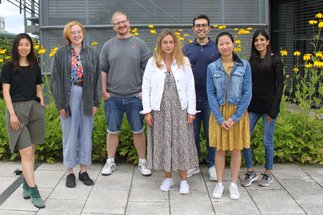Micromechanics of Biological and Bio-inspired Materials
Mechanical characteristic of a matter is key to how a matter interacts with its physical environment, which eventually modulates the functionality of the matter. Consequently, to form variant functions, the mechanical properties of materials are required to be revised and tailored. Biological materials greatly offer a broad spectrum of fascinating functions while they are constructed from limited and weak base materials. Accordingly, and inevitably, they often rely on the physical alterations and innovations in structural and architectural arrangements, which offers a promising platform for diversification in mechanical properties and functions. Remarkably, this framework can push the boundaries of classical engineering materials, and it has developed significant modifications in the mechanical response of materials, in which the mutually exclusive properties can be combined, or properties can be tuned for specific locations or orientations.
In our group, we investigate the physical principle of contact mechanics in biological materials and explore the ways the heterogeneities in architecture arrangement, interfaces, and morphologies modulate the elastic-inelastic responses and functionalize the mechanical performance of the biological materials. Furthermore, and by combining and developing the vibrational spectroscopy and tribological techniques, we study the evolution of stress/strain fields in biogenic ceramics in the context of the formation and function of the tissues. Understanding and translation of these design paradigms elevate the development of functional materials, which can be the subject of interest for self-responsive materials, robotic materials, and energy storage.

